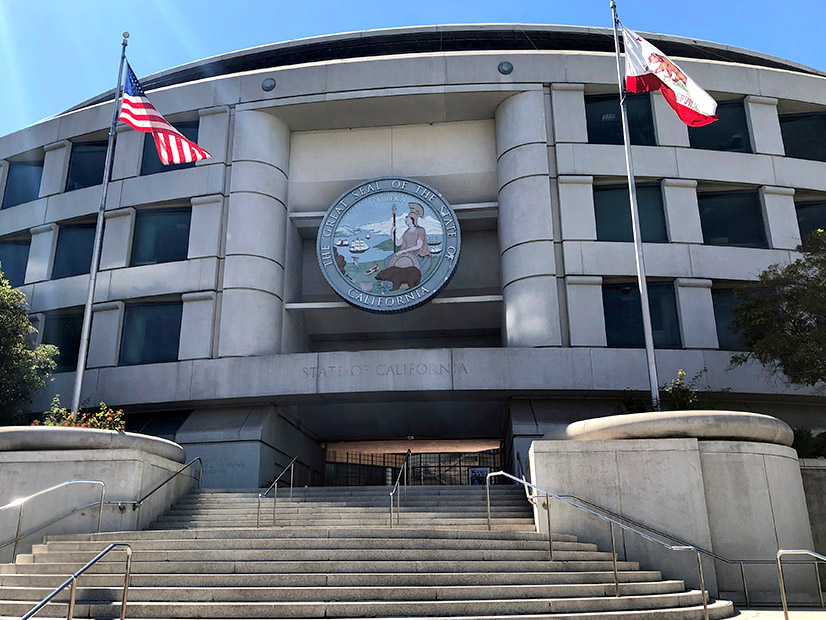The California PUC approved rules requiring the state’s three large investor-owned utilities to meet stricter timelines and targets for connecting electricity customers to the grid.
The California Public Utilities Commission on Sept. 12 approved rules requiring the state’s three large investor-owned utilities to meet stricter timelines and targets for connecting electricity customers to the grid.
“Electricity is the fuel of our future, and the utility grid must be ready to meet customer needs for energization without delay,” said CPUC President Alice Reynolds. “This decision moves us forward by improving oversight, transparency and accountability to serve the needs of EV charging stations, new housing developments, building electrification and other customer requests for service.”
The timelines are meant to expedite the process for new and upgraded electrical services, enhance utility accountability, offer greater transparency for customers and support California’s climate goals, according to a CPUC press release.
The new rules apply to Pacific Gas and Electric, Southern California Edison and San Diego Gas & Electric.
If targets are met by IOUs, maximum timelines for grid connections could be reduced up to 49% compared with current operations, increasing the speed of energization for projects reliant on electricity connections, the press release notes.
The decision implements Senate Bill 410, known as the Powering Up Californians Act, and Assembly Bill 50, both of which direct the CPUC to define reasonable average and maximum energization timelines for new or upgraded electrical loads, publish biannual reports, establish a process for reporting delays and adopt remedial actions if they are exceeded.
SB 410 addresses the time necessary to complete customer energization requests, including upgrades to the distribution system and the extension of new electric service. It requires the commission to, no later than Sept. 30, 2024, establish the average and maximum time an IOU should take to complete upgrades or establish new service, as well as a method for customers to report instances when those energization targets are met.
“The bill recognizes that to meet California’s decarbonization goals, new customers must be promptly connected to the electrical distribution system, and existing customers must have their service level upgraded in a timely manner,” the decision said.
AB 50 requires the CPUC to determine the criteria for what is considered timely energization for electric customers. It also requires “each large electrical corporation that energized less than 35% of customers with completed applications exceeding 12 months in duration by Jan. 31, 2023, to submit a report to the commission, as specified, on or before Dec. 1, 2024, demonstrating that the large electrical corporation has energized 80% of customers with applications deemed complete as of Jan. 31, 2023, as specified.”
The CPUC’s decision sets a target for an average timeline of 182 days and a maximum timeline of 357 days for energization of the commission’s Rule 15 projects, which involve distribution line extensions for IOUs. For Rule 16, which refers to service line extensions typically associated with a single customer instead of multiple customers, the target sets an average timeline of 182 days and a maximum of 335 days for energization.
Rule 29, which refers to EV infrastructure, shares the same timelines, and several other energization timing targets are set for application decisions, circuit or substation upgrades, and main panel upgrades.
“As we move further along in the energy transition, we must ensure that all customers have timely access to electric service,” said CPUC Commissioner Darcie Houck. “This decision is a positive step forward in helping to meet California’s ambitious clean energy goals while appropriately balancing customer need and affordability with utility capabilities.”


